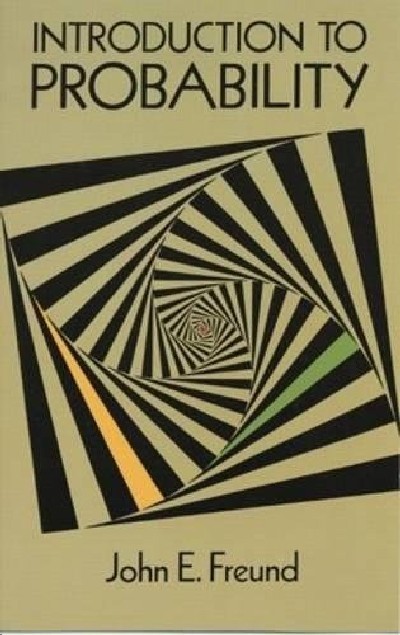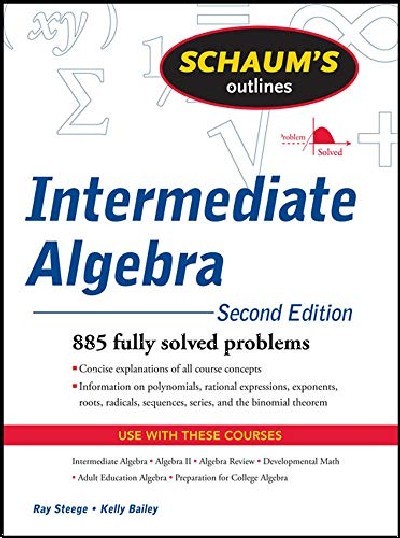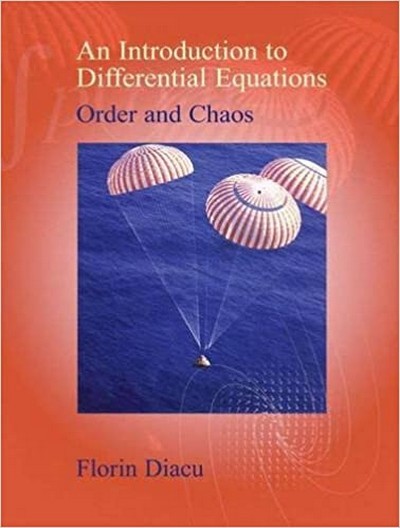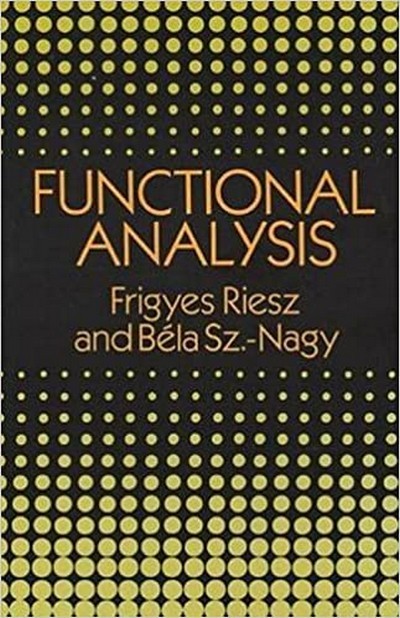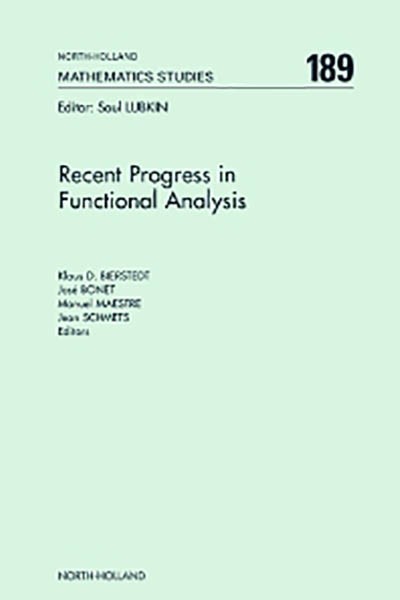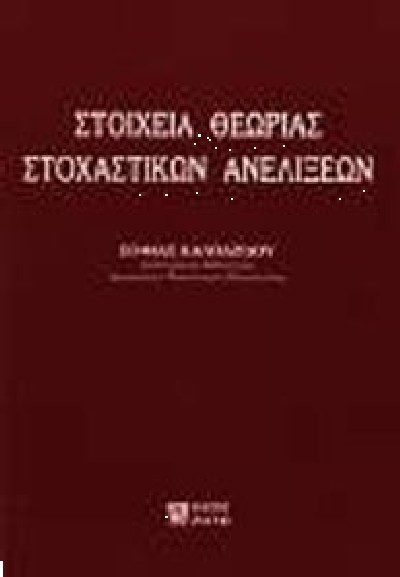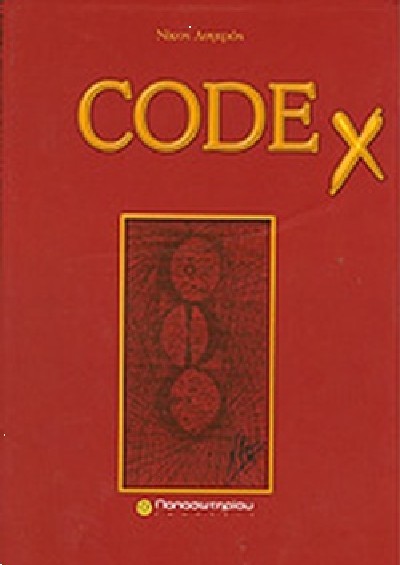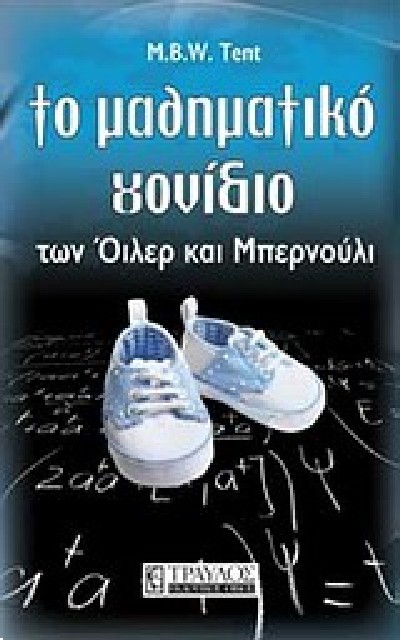INTRODUCTION TO PROBABILITY
ISBN: 9780486675497
Συγγραφέας: JOHN E. FREUND
Κωδικός: 9780486675497
Άμεση παραλαβή / Παράδοση σε 1-3
Τιμή
13,00€
For centuries, humans lived with the uncertainties of everyday life, unaware of probability theory and how it might be applied to the solution of simple problems of daily living or used to study the laws of nature. It was not until the advent of the scientific method with its emphasis on observation and experimentation that people began to think about the role probability might play in areas of life that once seemed ruled by blind chance. Today, of course, probability theory is the basis of statistics and game theory, and can be immensely useful to anyone engaged in business, the social and physical sciences, and many other areas of endeavor. This volume demonstrates that the study of probability can be fun, challenging, and relevant both to daily life and to modern scientific thought. Lucid, well-written chapters introduce the reader to the concept of possibilities, including combinations and permutations; probabilities, expectations (utility, decision making, more), events, rules of probability, conditional probabilities, probability distributions, the law of large numbers, including Chebyshevs theorem, and more. Numerous exercises throughout the text are designed to reinforce the methods and ideas explained in the book. Answers to the odd-numbered exercises are provided. A bibliography and summary round out this valuable introduction that will be of great help to anyone engaged in business, social sciences, statistical work, game theory, or just the business of living.
| Χαρακτηριστικά Προϊόντος | |
|---|---|
| ISBN | 9780486675497 |
| Συγγραφέας | JOHN E. FREUND |
| Εκδότης | DOVER |
| Επίπεδο | ΠΑΝΕΠΙΣΤΗΜΙΟ |
| Εξώφυλλο | ΜΑΛΑΚΟ |
| Αρ. Έκδοσης | 1η |
| Έτος Έκδοσης | 1993 |
| Σελίδες | 247 |
| Χώρα προέλευσης | Η.Π.Α |
Αυτή η σελίδα προστατεύεται από το σύστημα reCAPTCHA της Google. Μάθετε περισσότερα.

